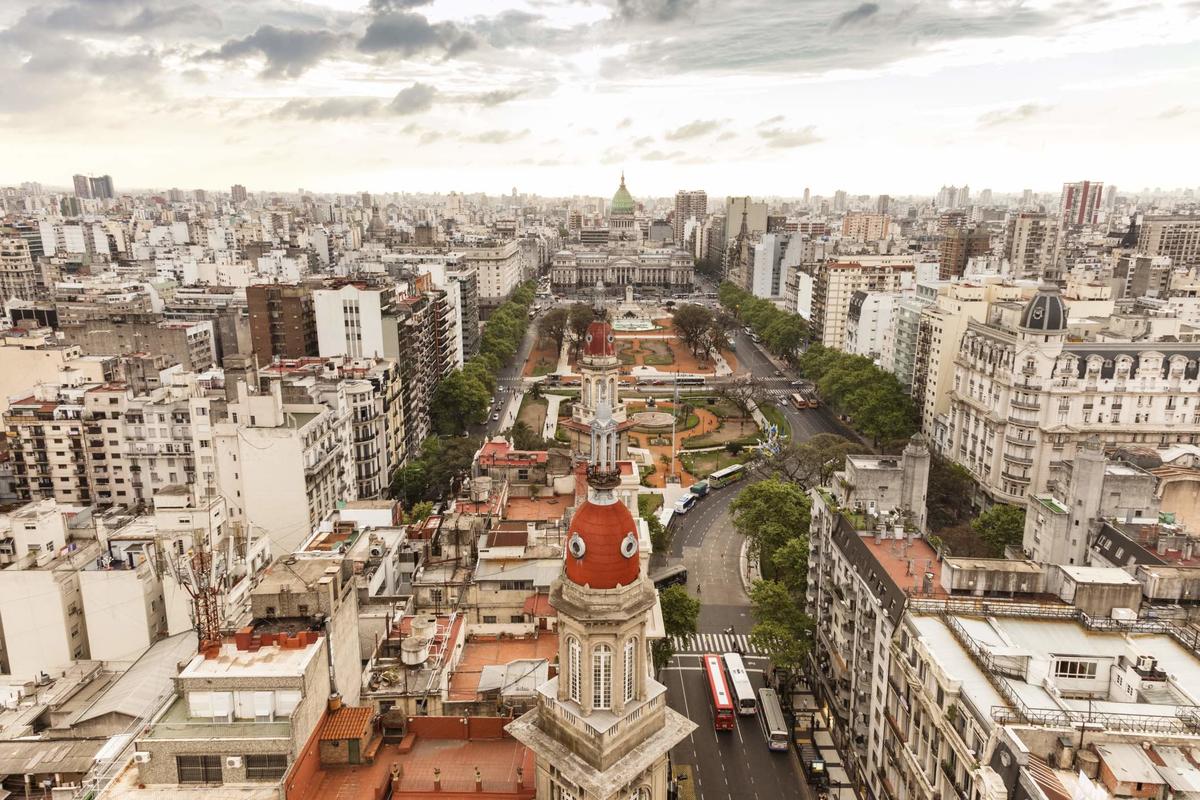The general elections for president, vice president, senators and national representatives in Argentina took place on Sunday, October 27. On a day in which no major surprises were expected, at around 9 p.m.—right on time compared to what happened in the primaries—the count began that would end up making Alberto Fernández the winner in first round, with 48.10 percent of the votes, fewer than eight points above Mauricio Macri (40.37 percent).
The gap between the two candidates ended up smaller than expected—during the last weeks of the race, a gap of around 20 points in favor of Fernández was assumed. Once again, the pollsters and opinion-makers returned to the center of the scene to account for the reliability of their forecasts.
The important result here is that there is the beginning, for the first time in decades, of a coordinated transition between the teams of both leaders. The new president should try to maintain this balance over time, since neither Juntos por el Cambio or Frente de Todos have a majority in any of the houses at Congress.
While in the province of Buenos Aires the candidate of Peronism, Axel Kicillof, won by more than 16 points, the City of Buenos Aires was the only district in which the current national official party was able to prevail; the Head of Government, Horacio Rodríguez Larreta, renewed his mandate with more than 55 percent of the vote.
In this way, a new political stage begins in the country, as balance seems to have arrived with healthy competition between political forces that will work to recompose the economic situation of the country.
This post and the accompanying election report were written by the Edelman Public Affairs team in Buenos Aires.




